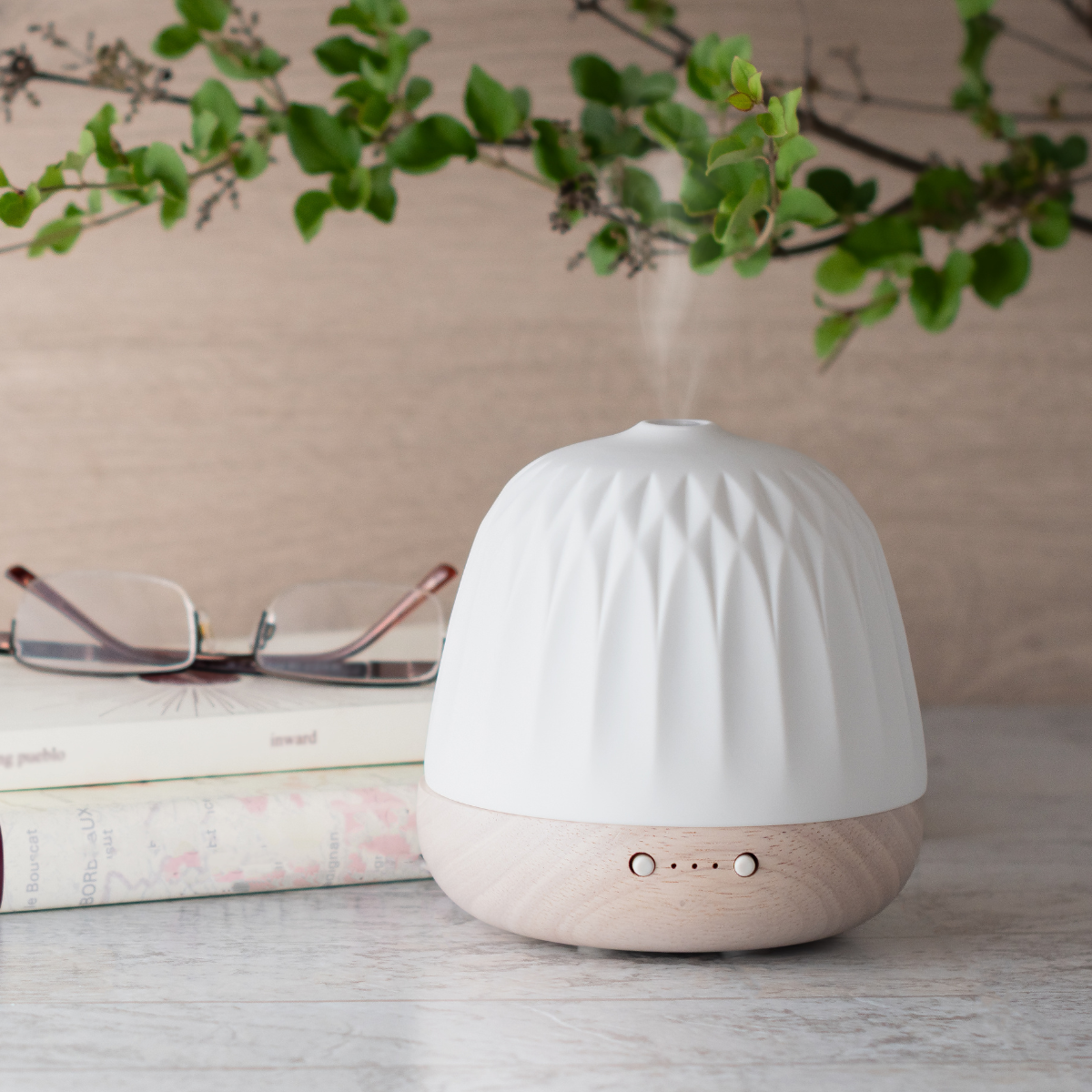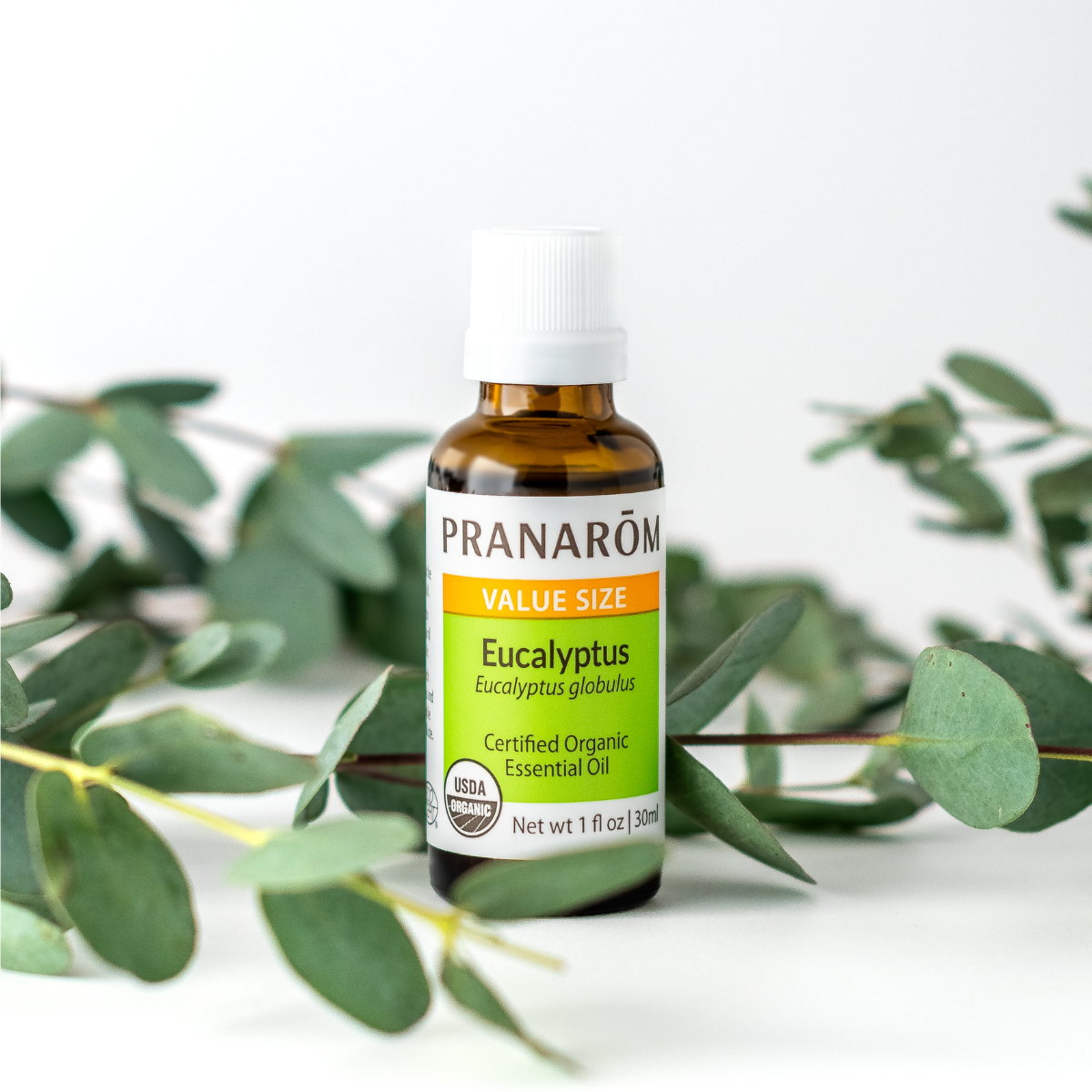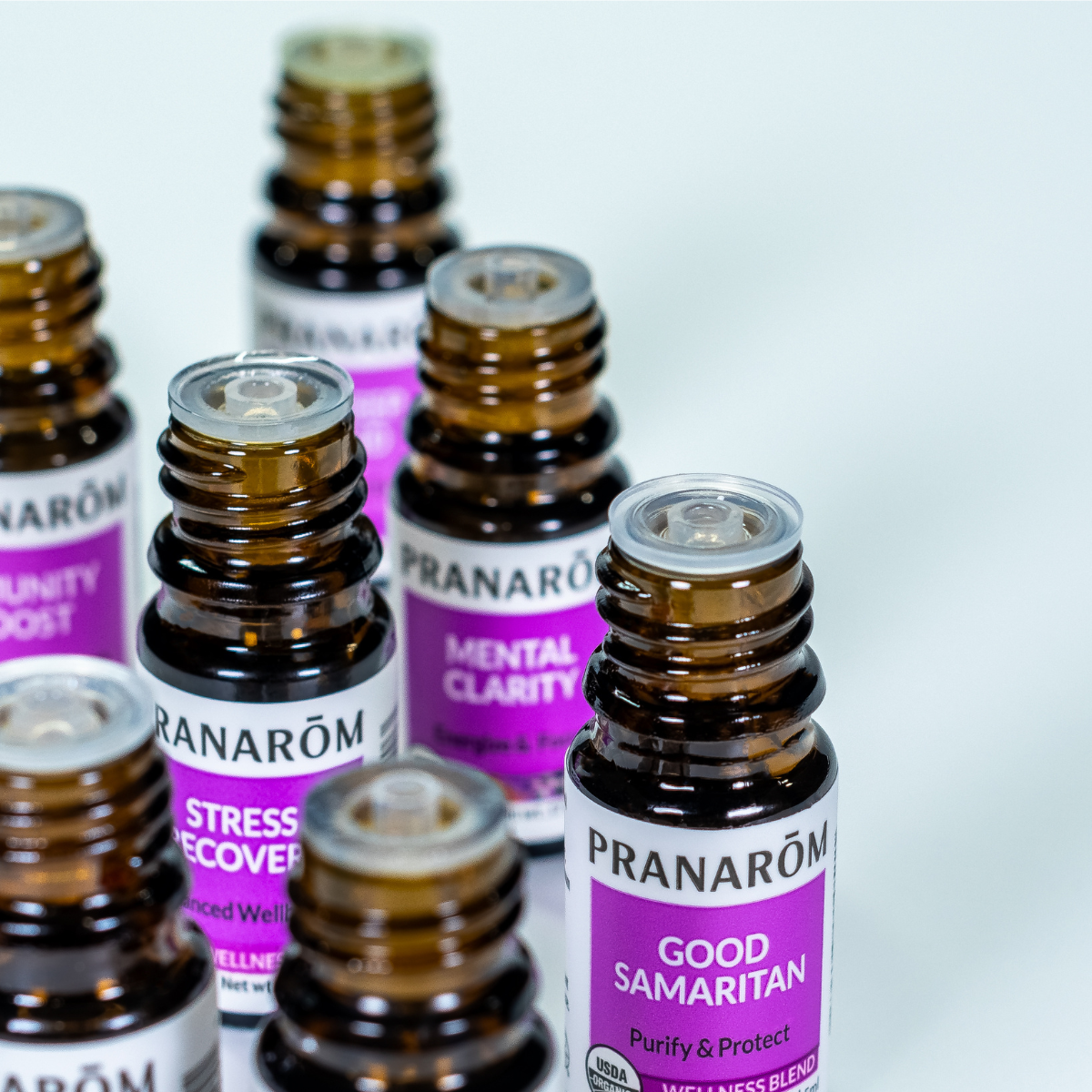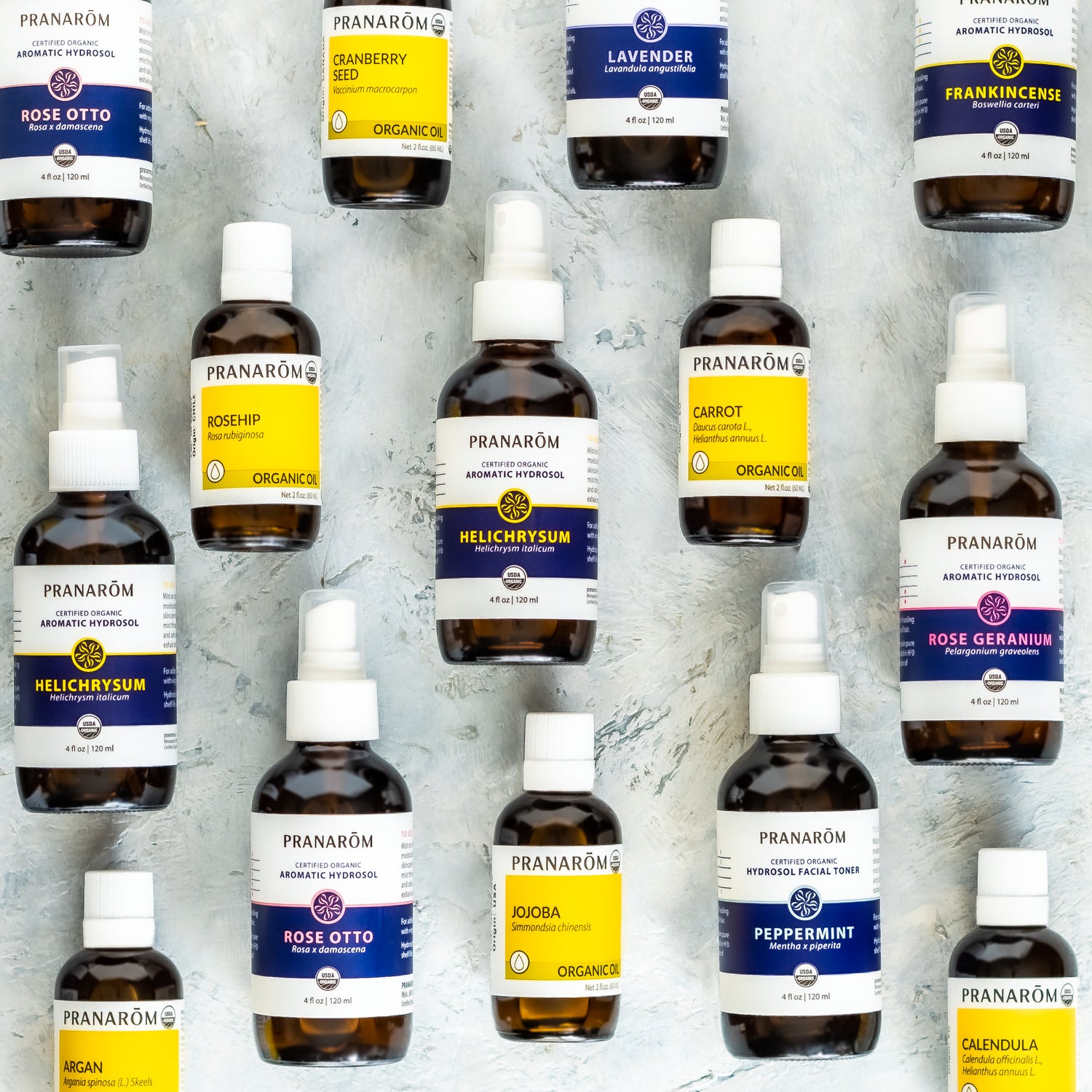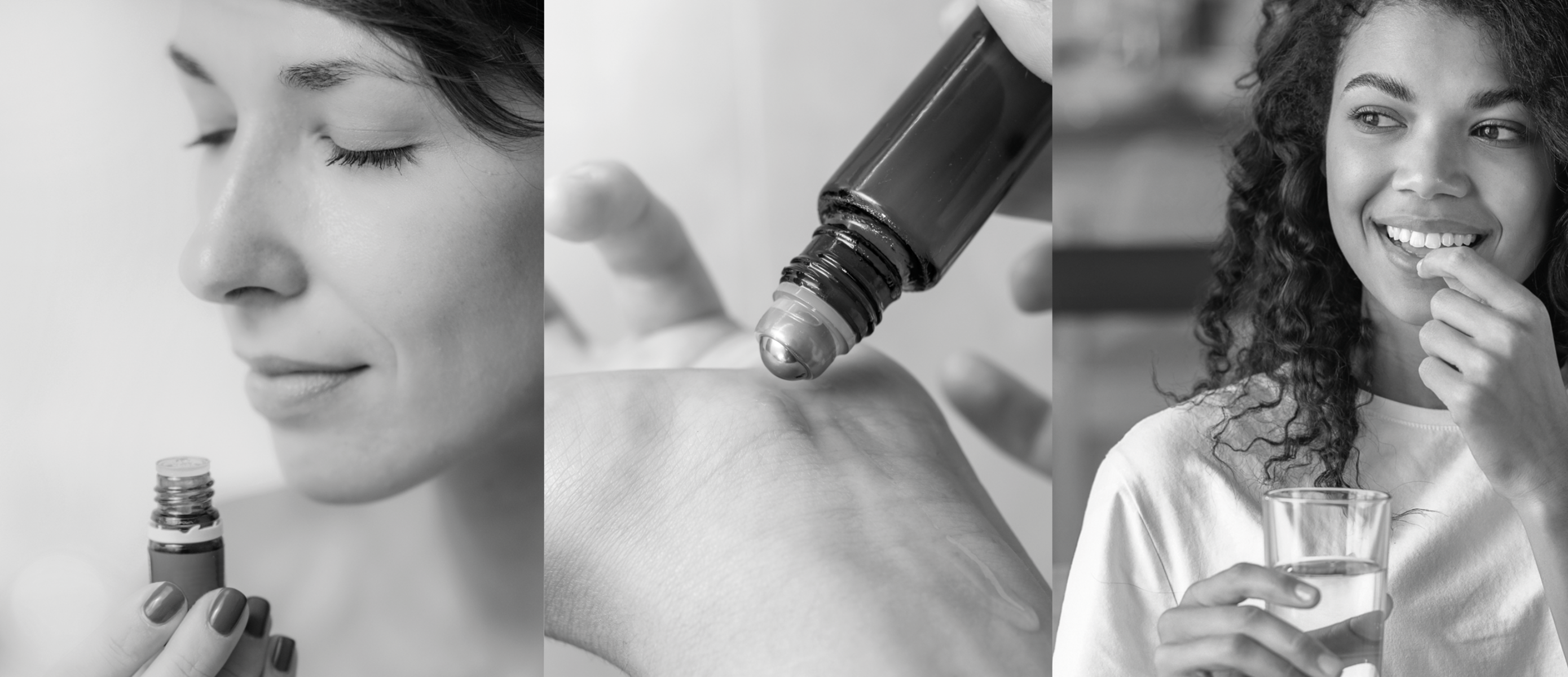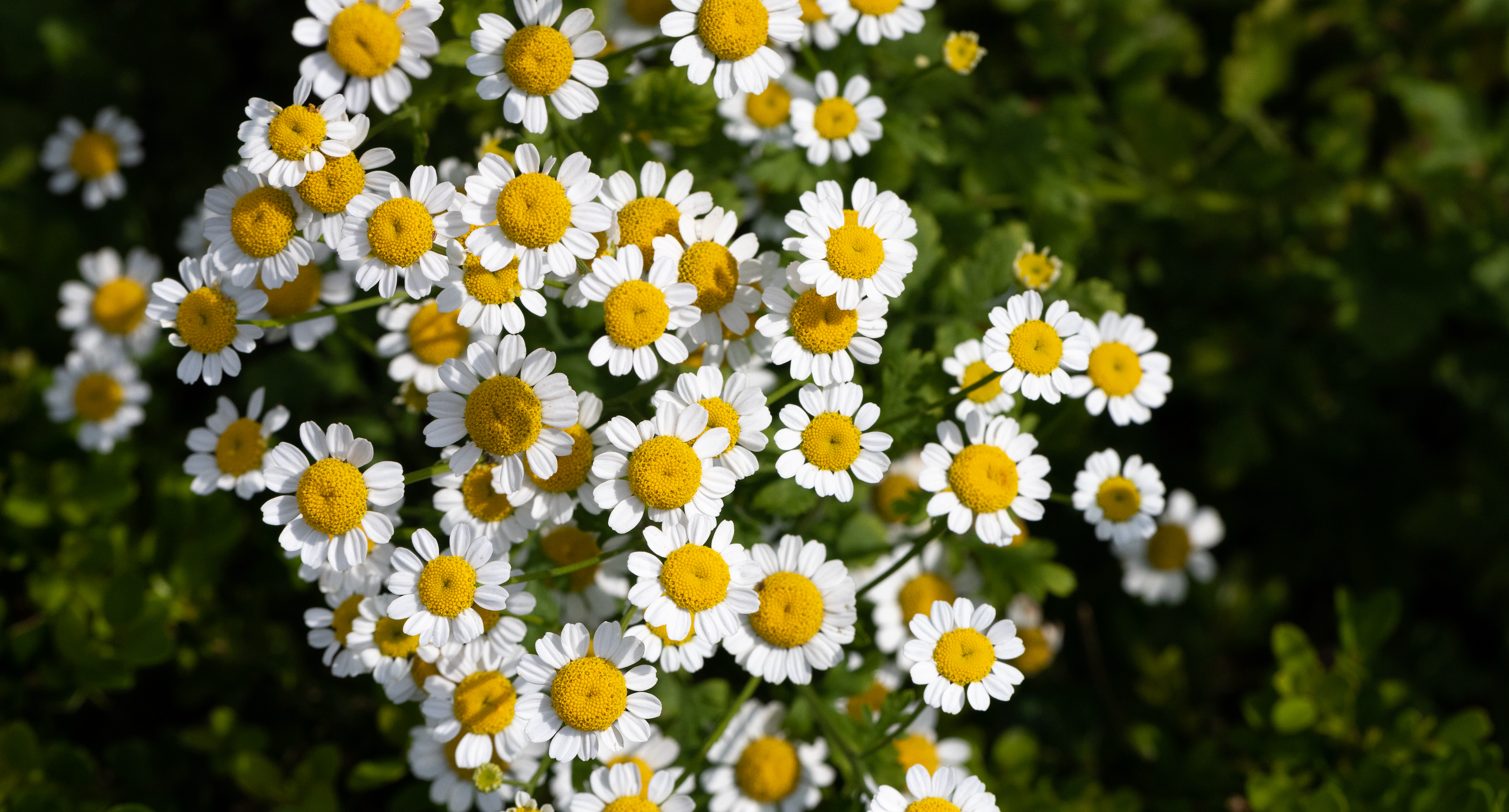Your Skin Cares – So Why Not Care for Your Skin?
Having healthy skin is easier than you think. Only two ingredients are needed: Oil + Water. These two ingredients help nourish, protect, soothe, and clear your skin. How do they do that? They work together to create a protective barrier called the Acid Mantle.
Seems so simple! And it is. All that’s required to keep your skin healthy is a little oil and water, applied in the right order. These two elements reinforce the already protective skin, helping to keep things clean, smooth, and happy. While your body can create the acid mantle on its own, many of our day-to-day routines and habits can strip this protective barrier. Not to mention our regular exposure to free radicals, environmental pollutants, and general washing of the face.
How does the acid mantle do so much with so little?
The body creates an acid mantle through its production of sebum and sweat – oil and water. In the right amounts, the oil and water are a well-balanced layer for the skin. They help maintain proper moisture levels, pH levels, and microbiome levels for glowing, natural skin. When any or all of these levels are thrown off, our skin can dry out, is more exposed to the elements that can damage the skin, and is therefore more likely to wrinkle, break out, and become irritated. The body knows what it needs to be healthy, and when left to its own devices, in optimal conditions, does just that.
So where is the problem?
Many of our daily routines and habits can throw off the body’s ability to function optimally. Of course, hydration is a key element – consuming enough water is a great start to a healthy body and healthy skin. A nutritious diet and ample sleep are two other key elements to our health. But it turns out that we are often throwing a wrench in things when we do simple, generally understood as necessary things, like wash our face. Yes, washing your face can sometimes be detrimental to your skin’s protective barrier. This is because most facial washes are soapy, lathering products that come along and strip most of the natural moisture from our skin. Not to mention that tap water is often at less-than-optimal pH levels for the skin on the face. When we use a traditional, lathering face soap, we take away the moisture that is one half of the acid mantle. Unless we’re replenishing that moisture with oil, we’re leaving the skin exposed and unable to maintain moisture levels in the body.
When it comes to using oil on the face, however, we want to remember that in order for the skin to properly absorb the oil, we need water. Hence oil + water. If we applied an oil to the face without water, there wouldn’t be anything to help pull the oil into the deeper layers of the skin. The water hydrates the skin and works with the oil to moisturize the skin.
Simultaneously, the oil is acting as a barrier to the evaporation of the water, which happens naturally but in greater amounts without what’s called a lipid barrier. Evaporation of water from the body through the skin is called trans-epidermal water loss and is a major cause of dehydration in the body. Moisturizing isn’t just about having soft skin – it’s about healthy, protective skin, too.
The skin is the largest organ of the body, one of 78. While other organs are exposed too, the eyes and ears for example, the skin just so happens to also be the only organ that is exposed to the degree it is. Its very existence is as a protective element to the rest of the body – it encases and protects our fascia, bones, veins, muscles, and internal organs. The skin also works to prevent microorganisms from getting into the body, helping to protect us from bacteria and more. When we think about the skin in terms of its role to perpetuate life, it's easy to see why taking good care of it is crucial.
How do I get started?
Thankfully, proper skincare doesn’t come with a hefty price tag nor a long list of to-dos. Here are a few simple steps to take as you start your new skincare journey. Start by considering what type or facial cleanser you use. Think about your skin after using it. Does it feel tight, overly dry, or sensitive? If so, it might be time to switch to something more soothing like an oil cleanser. Pranarōm’s Pure Cleansing Oil is a wonderful option for all skin-types. It’s simple yet thoroughly cleansing formula is applied to dry skin and massaged in for 30-60 seconds, until the oil begins to liquify. Gentle massaging of the oil into the skin is all that’s needed to help break up dirt, clogged pores, and even make up. Then rinse with warm water and your hands or with a washcloth.
Cleansing with an oil cleanser, or other type of gentle, non-soap cleanser, not only immediately improves the moisture quality of the skin, it also allows your other skincare products to go further. Following your oil cleansing with a facial mist or hydrosol continues the path to more hydrated and moisturized skin. Hydrosols naturally help rebalance the pH of the skin. Sourced as a co-product in the distillation process, hydrosols contain the water soluble constituents of plants, which can soothe, clear, and nourish the skin. Hydrosols also reintroduce water to the skin, and prepare the skin for the next step: oil.
Facial oil is one of the most misunderstood boons of skin health. Where so many believe that oil is detrimental to the skin, it’s actually a vital element to proper moisture balance and skin health. Too often, when people are using facial oils they aren’t combining them with a water element, which leaves the oil sitting on the surface of the skin. This can leave the skin with a sheen, texture, or tackiness that is undesirable. When used with a water product like hydrosol, the oil makes its way into the deeper layers of the skin to nourish, moisturize, and protect.
I recommend starting with a single oil – Argan, Rosehip, or Jojoba are great gateway facial oils. Each is forgiving of all skin types, each with their own finish. Rosehip offers the driest finish, Jojoba offers the dewiest, and Argan a happy middle. Your facial oils is applied by pressing oil that has been warmed between the palms into still-damp skin. Eventually, you may want to combine various facial oils for a personal, tailored approach to your specific skincare needs.
The more you replenish the skin's natural protective barrier, the healthier and happier your skin will become. Visit Pranarom.us/collections/plant-beautiful-skincare to see an entire line of pre-formulated products to suit varying skin types, from normal to aging, sensitive, and blemish-prone solutions.
Article by: Liza Docken

